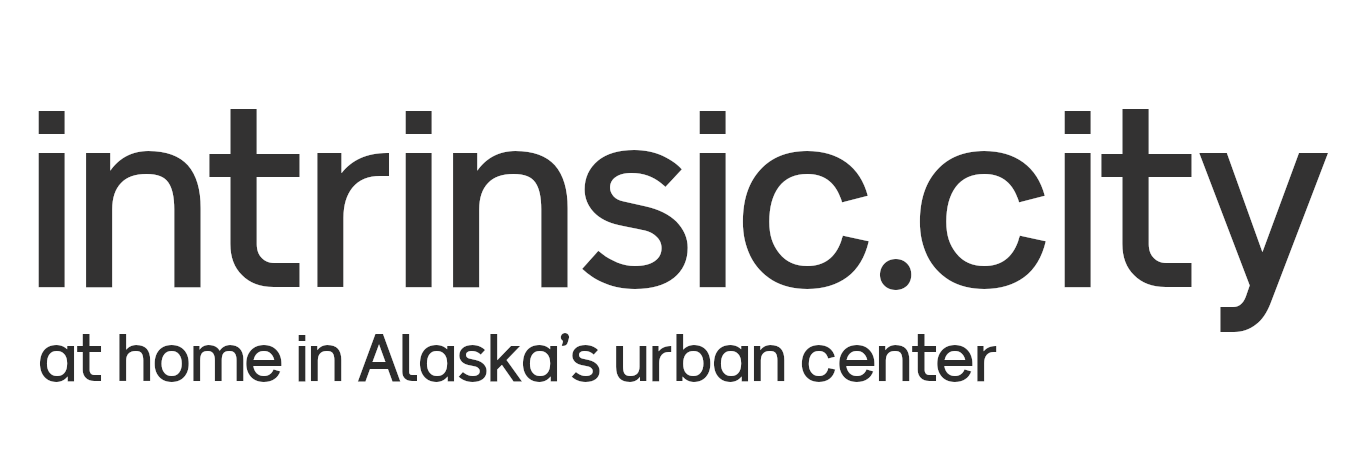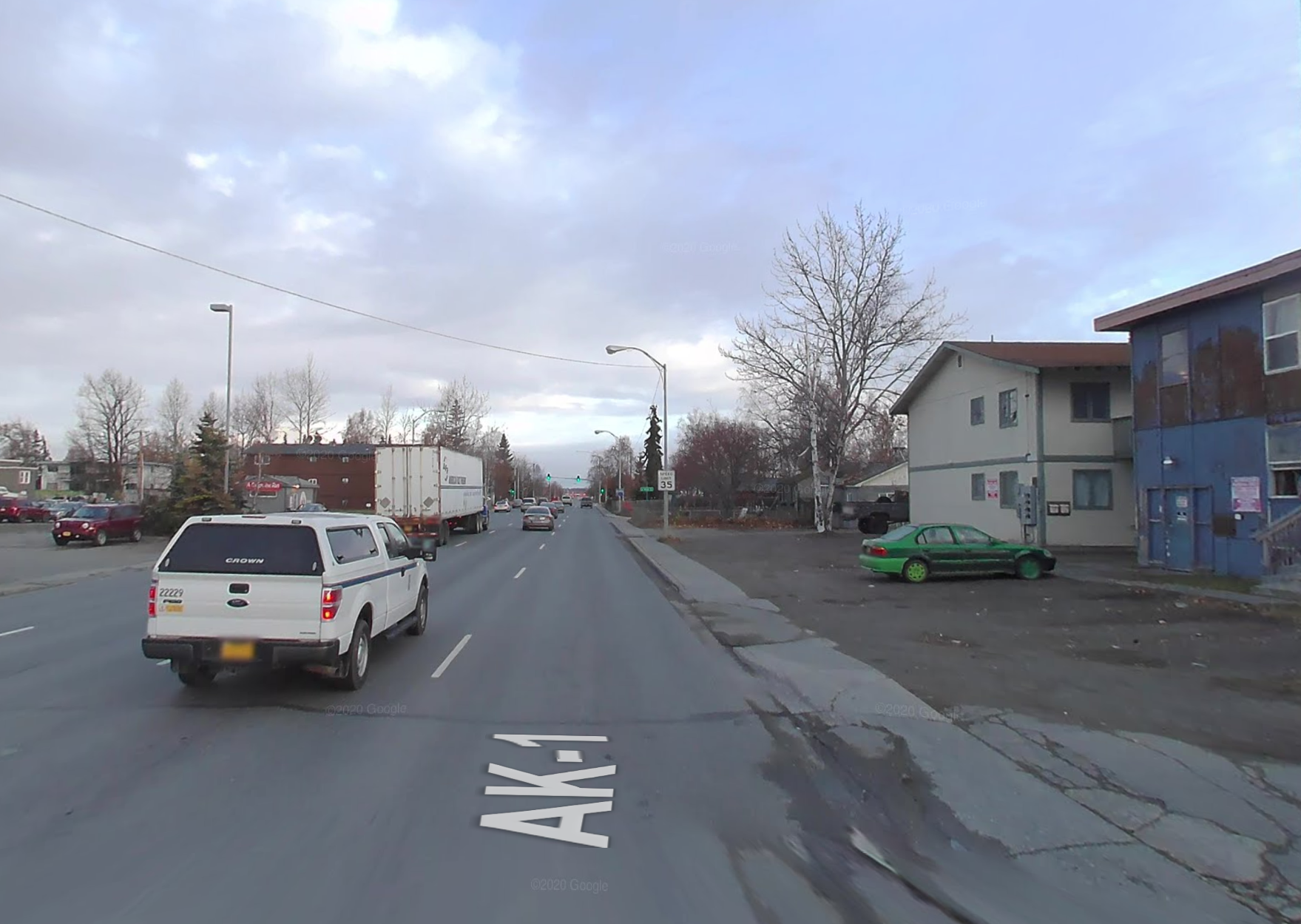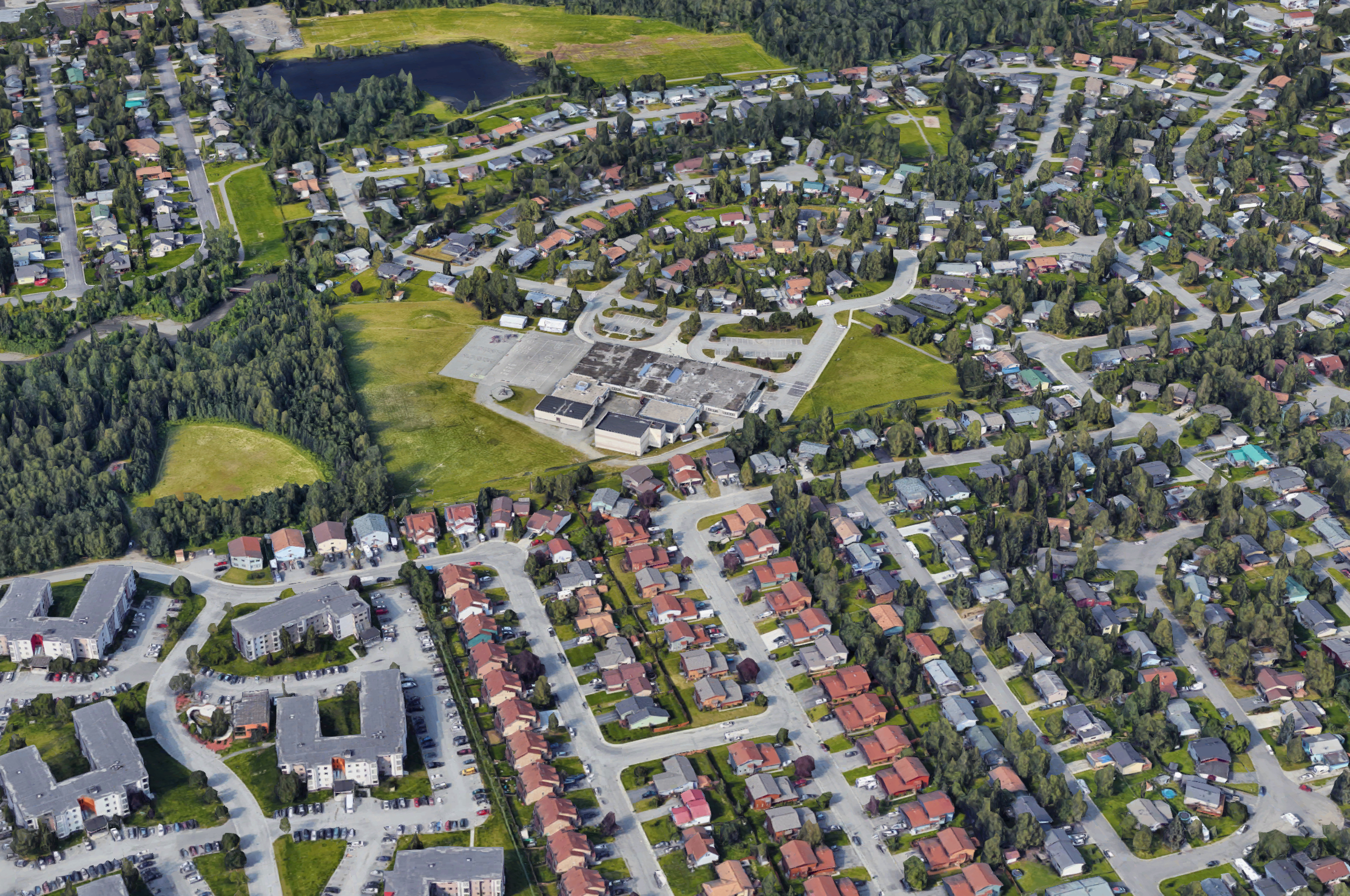Senate bill could reunify a neighborhood and heal old wounds
A new federal program could bring big changes to Fairview’s beleaguered Gambell/Ingra couplet
A reunification Fairview could soon be a reality thanks to federal funding as part of a senate bill introduced by Chuck Schumer and 25 co-sponsors last December.
Last month, an article on Streetsblog by Kea Wilson introduced me to the $435 billion economic justice bill called S5065 – specifically, a portion of the bill establishing a $10B pilot program to fund initiatives for demolishing urban freeways and restoring neighborhoods that they’ve disadvantaged; The Gambell/Ingra couplet in Fairview immediately came to mind.
The Restoring Neighborhoods and Strengthening Communities Program is focused on rectifying the negative impacts of 20th-century Interstate Highway projects on communities with high concentrations of low-income people of color. Last August, I wrote a piece called: How highway projects have (not so subtly) destroyed black communities, even in Alaska.
Black and brown neighborhoods have been disproportionately divided by highway projects or left isolated by the lack of adequate transit and transportation resources. In the Biden-Harris administration, we will make righting these wrongs an imperative.
US Transportation Secretary, Pete Buttigieg
The Gambell/Ingra Couplet is, in fact, two-segmented sections of Highway 1, and since it is a primary arterial route, it cannot be eliminated. However, this could be an opportunity to resurrect at least one phase of the H2H project from the early 2000s, which sought to use a “cut and cap” method to move the high-speed traffic from the couplet below-grade and cap it with an at-grade boulevard – greatly reducing safety risks to pedestrians and cyclists, subduing traffic noise, and restoring property owners’ confidence after decades of uncertainty.
Stipulations of the program state that the funds can be used in various ways, from bicycle lanes and sidewalks to essentially any transit-oriented project that does not increase net vehicular traffic.
A key consideration and strongly recommended contingency is establishing community land trusts in the affected area that will ensure future equity in the neighborhood and prevent the project from being an implement of gentrification.
This project’s scope may take some creative financing, perhaps by using FHWA funds for highway construction/expansion. It may be possible to combine money from both pots as long as the guidelines of S5065 are observed and net traffic is not increased – I think the current 8 lanes of bi-directional capacity should be sufficient.
This project’s long-term benefits are far-reaching, from the obvious benefit of Fairview and downtown revitalization to reduced travel time for commuters. The construction phase will create a significant number of short-term jobs, and post-construction revitalization should provide a boost for decades afterward.
Without the support of our Senators, this will not happen, and since this is a pilot program, we may not get funding in the initial phase, but we should be optimistic to see inclusion in the second or third round of funding if passed.



